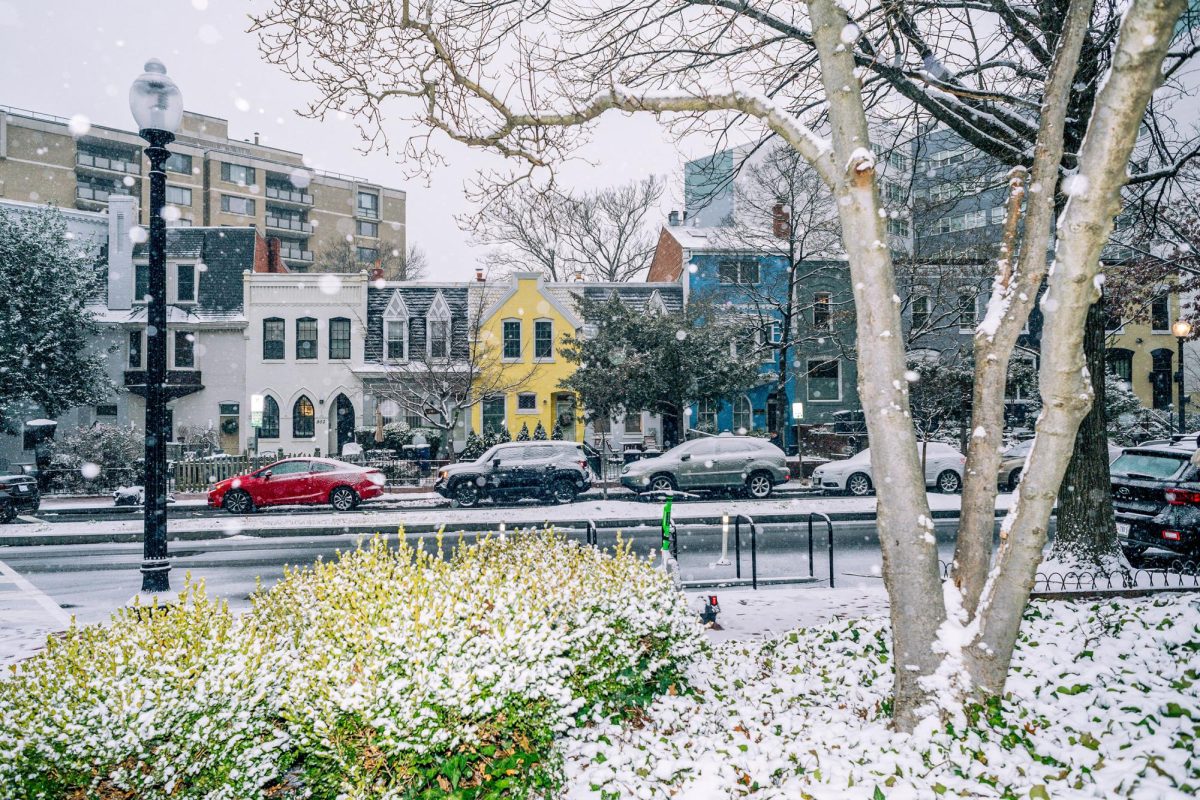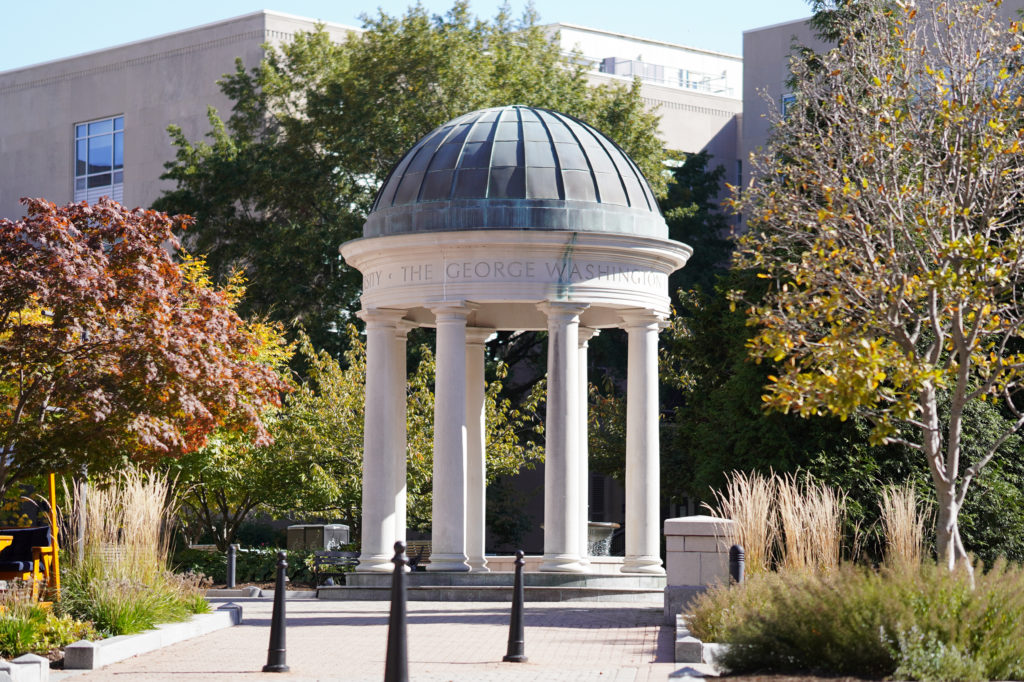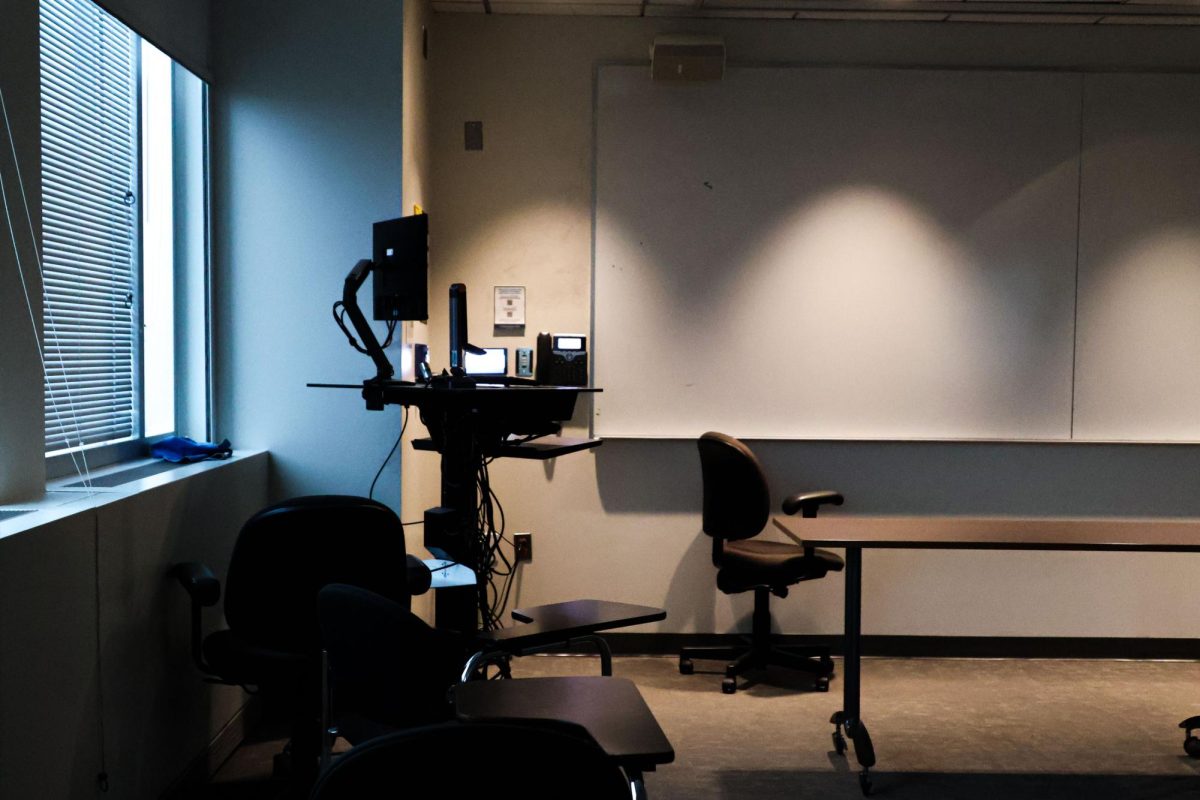An expanded grant program will make it easier for owners of historic homes in Foggy Bottom and West End to fund repairs to their buildings.
The expansion of the program to now include the Foggy Bottom and George Washington University/Old West End historic districts went into effect Oct. 1 at the beginning of D.C.’s fiscal year, with the Office of Planning releasing guidance surrounding the expansion shortly thereafter. The $50,000 grants, formerly $25,000, now cover all of the District’s 37 residential historic districts and can go toward “restoration of major exterior architectural features and structural repairs,” according to the Office of Planning’s website.
A spokesperson for the Historic Preservation Office in the Office of Planning said there are 34 active applications for the grant across the District, a slight increase from last year. She said the Historic Preservation Office will analyze the impact of the expansion one year out.
“It’s still too soon to tell if the volume of applications will increase due to the program expansion,” the spokesperson said in an email.
The spokesperson said the Historic Preservation Office has received two applications from Ward 2 homeowners but has not yet received grant applications from homeowners in Foggy Bottom.
“It’s one of our smallest historic districts, and it just became eligible for the program,” the spokesperson said.
The time between the first application for funding and the beginning of construction takes about four months, according to the Office of Planning’s FAQ document.
“Most of our houses are in pretty good shape, but there are several that are definitely not, that it would be nice if they could do something,” Leone said. “If the grant could help them, that would be great.”
He said in Foggy Bottom, 135 properties would now qualify as historic homes potentially eligible for the grant, even those that do not technically fall within the lines of an established historic district.
“It has to be a historic house within a historic district, or it can be a historic house that’s standing alone,” Leone said. “It’s not limited to historic districts.”
Homeowners must qualify as low- or moderate-income as classified by the U.S. Department of Housing and Urban Development to receive the grant, and the number of people in a household contributes to the calculation. Homeowners must also receive the D.C. Property Tax Homestead Deduction, which decreases the value of a home for tax purposes, and condominiums are not eligible for the grant.





